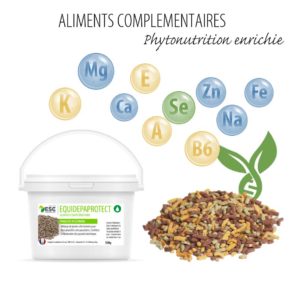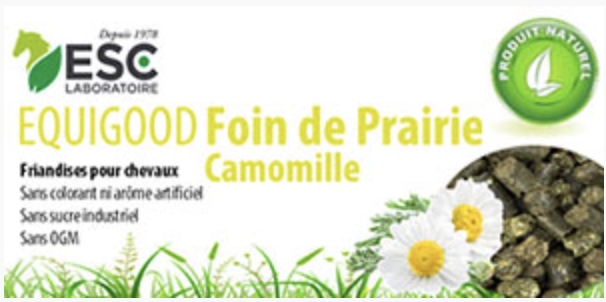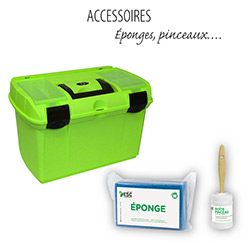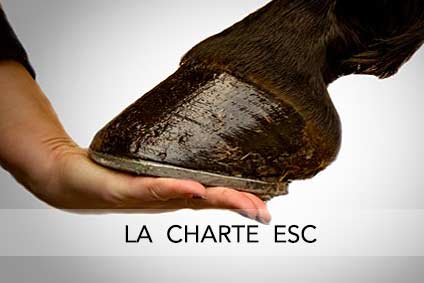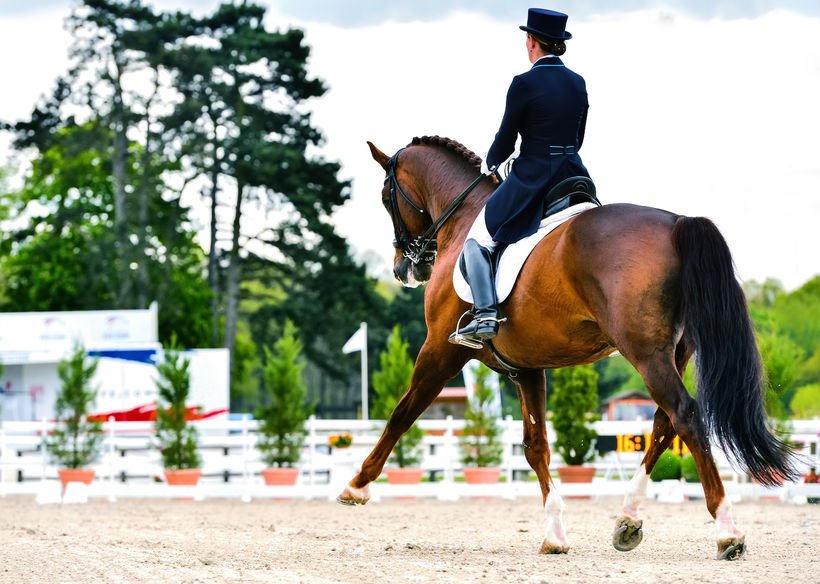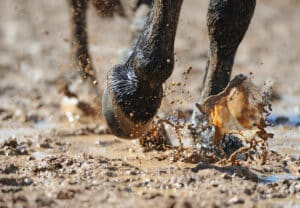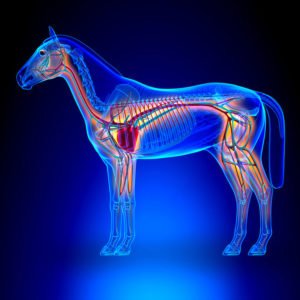The growth of the foal is rapid, especially during the first months of life. With an average birth weight of 50kg, the foal will gain about 1kg per day until weaning. At this time, he will have multiplied his birth weight by 5 and will weigh 40 to 50% of his adult weight. Considering the important needs during the first months of life, it can be tempting to supplement the food of a foal still under the mother's care, however there is a risk of developing joint disorders.
Because of its morphology, the horse is subject to numerous osteoarticular fragilities from a very young age. Indeed, the articular cartilages are made up of very fragile tissues that are difficult to renew when they are damaged. Also, most often, the fragility affects the articular cartilage and/or the subchondral bone. The most frequent pathologies are arthrosis (degradation of the articular cartilage), osteochondrosis (ossification defect in the joint) and navicular disease (chronic inflammation of the hoof).
It is possible to detect these fragilities early on by monitoring gaits, stiffness and lameness. After the veterinarian's diagnosis, it is advisable to adapt the necessary treatment to relieve pain (with plants rich in salicylates, for example) and to help rebuild the joint cartilage with appropriate enriched supplements.




